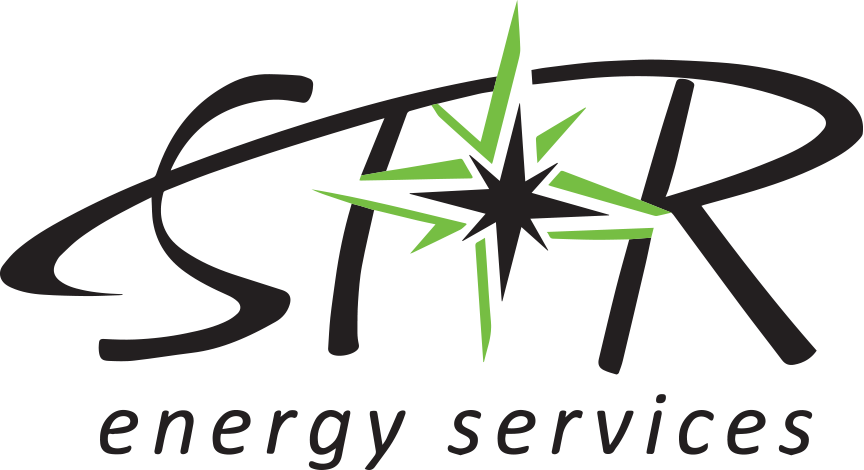Winter 2023 | Edition 27
Back to Basics: Stray Voltage Fundamentals
AN ARTICLE BY TONY KASSA, MASTER ELECTRICIAN AT STAR ENERGY SERVICES
Being informed of what stray voltage is, how it escapes, and how it can affect farmers and their livestock is essential when conducting stray voltage investigations. To help you provide the best customer service possible in these scenarios, we are going back to basics with Stray Voltage Fundamentals.
The term 'Stray Voltage' is frequently used to describe the instances when an animal inadvertently comes into contact with electricity. When animals are not present, another term that may be used is 'Neutral to Earth Voltage (NEV).'
Electricity is generated at a plant and then transmitted to substations where it's distributed to consumer houses or buildings. Every electron that leaves a substation has to return to it in some way. The return of electrons after energizing something, like a motor or turning on a light, is where stray voltage can become a problem with animals. Using a farm as an example; a cow standing on a wet concrete floor is a great conductor of electricity due to the cow’s hooves essentially being bone. Humans are usually more insulated due to footwear; therefore, typically can’t feel what a cow feels for voltage potential.
Even though humans may not be able to feel it, the stray voltage can be measured using an electrical meter. Various locations are tested around the farm, especially where an animal may come into contact with anything grounded. This includes metal stanchions, stainless steel milk lines, or anything metallic. Cows can sense a voltage of around 1.0 volt to ground. Voltage should be 0.5 volts or less on a farm site.
If the meter shows a voltage higher than 0.5 volts AC, further action should be taken to determine the cause of the stray voltage.
If after testing is completed and it is determined the utility is the source of the stray voltage, there are a few options for a utility to consider. For example, the utility could rebuild the line to handle more return current or install a neutral isolator.
A neutral isolator is used to isolate a farm's grounding system from the rest of the utility system. Isolators are installed at the main transformer feeding the farm.
In the most basic of terms, a neutral isolator is an electronic switch. The isolator is open when the voltage is below 35 volts. As soon as the voltage increases to 35 volts or higher, the isolator closes to help clear the electrical fault. Once cleared, the isolator will open again.
Isolators should be tested annually by a trained technician during late fall after the lightning season has ended. The readings tell the technician if the isolator is working properly. Retaining documentation of these tests is extremely important and any isolators that fail need to be replaced as soon as possible.
WAYS A FARMER CAN REDUCE OR ELIMINATE STRAY VOLTAGE
Check poor neutral connections everywhere on the farm
Check for improper grounding
Make sure imbalanced 120-volt loads are evened out
Make sure conductors are sized correctly for the load and distance from the power source
Make sure fencers are grounded correctly
WAYS THE UTILITY CAN REDUCE OR ELIMINATE STRAY VOLTAGE ON FARMS
Make sure all neutral connections on the poles are tight
Check for damage on the neutral wire
Balance three-phase lines to create less stray voltage
Rebuild power lines to handle the current flow
A Message from the CEO
BY: LOIS CROONQUIST, CEO
INVESTING IN THE FUTURE
Nothing is more important to an organization than its employees. STAR has recently launched a year-long, company-wide training program aimed at creating opportunities for personal and professional development. This type of training helps foster the growth of leadership qualities as employees develop effective communication, problem-solving, and decision-making skills. With a strengths-based approach, we are learning more about what we can personally bring to the organization, as well as what strengths and talents are present in others.
Opportunities for professional development in any organization are crucial to empower individuals to reach their full potential, ultimately benefiting the organization itself. This type of development is essential for organizational success; it encourages individuals to excel, adapt, and lead, contributing to a more agile, engaged, and prosperous organization.
As the holiday season approaches, all of us at STAR want to take a moment to express our deepest gratitude for your continued support and loyalty. It is because of utilities like yours and the cooperative spirit that we are able to grow and adapt our services to meet your needs. We look forward to serving you!
STAR Energy Services to Host Utility Training Services (UTS) Staking Courses
LEVEL 3: January 30 - February 1, 2024
LEVEL 4: February 20 - February 22, 2024
Happy Holidays from STAR Energy Services!





